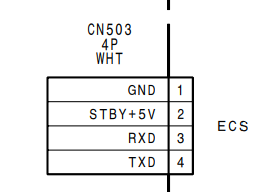etienne51
Limp Gawd
- Joined
- Mar 20, 2015
- Messages
- 130
I don't know how Nvidia's user interface works, but I know on CRU it's easy to accidentally double the vertical resolution if you enter the number wrong. With interlaced checked, you have to make sure enter half-resolution the vertical column, and it will show the full resolution total on the right. So for example, you will have 540 lines entered, and it will give a 1080 line total on the right.
Yeah I saw that. Still doesn't work for me. Which graphics card do you have?
![[H]ard|Forum](/styles/hardforum/xenforo/logo_dark.png)
